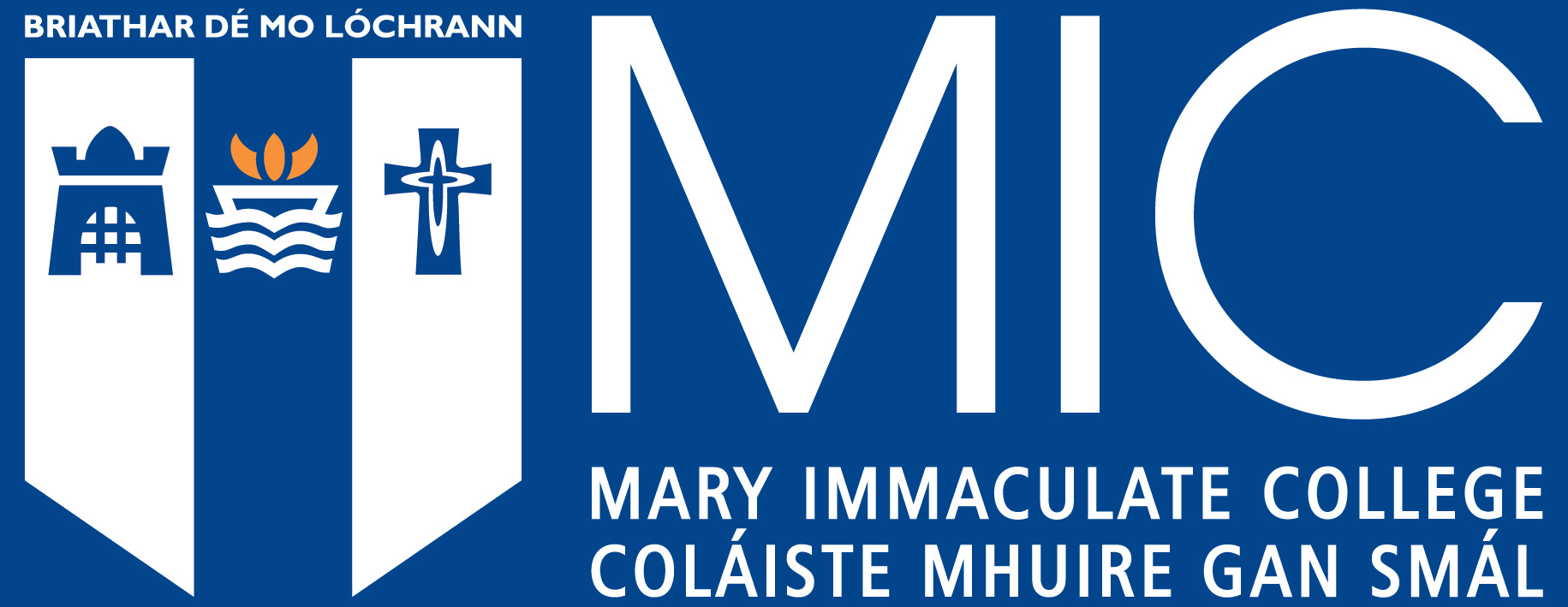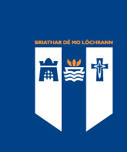Negotiating multimodality in graphic narratives :an exploration of stream of consciousness techniques in Batman: The dark knight returns; Watchmen; and From hell
Abstract
This thesis will address the narratological strategies that the graphic novels Batman: The Dark Knight Returns, Watchmen, and From Hell employ in order to document the manner in which a stream of consciousness can be conveyed in a multimodal medium. The argument will propose that navigating Bruce Wayne, Walter Kovacs, and William Gull’s respective streams of consciousness becomes a journey that not only exposes the layers of psychological complexity that defines each novel’s anti-hero, but it also brings to task the array of creative options available to the polysemiotic structure of the medium itself. In order to provide a framework for this multivalent analytical model, chapter one will break down the format of the medium on a componential basis in order to highlight the complicit role of the reader in bringing a sense of cohesion to each fragmented narrative. Chapter two will address panoptic reading vectors by applying a close reading to contextual examples taken from representations of each protagonist’s stream of consciousness. Chapter three will address the privileged relationship that exists between thematically connected, yet spatially interspersed, panels that imbue each narrative with their respective protagonist’s ubiquitous psychological resonance. Chapter four will attempt to contemporise a theorised connection between Freud’s dream-work and the visualised realisation of each anti-hero’s thoughts by focusing specifically on the relationship between psychoanalysis and the image as promoted in the field of visual methodology. Chapter five will outline a mythopoeic reading of Bruce Wayne, Walter Kovacs, and William Gull by addressing the powerful sense of self-achieved ascension and resolute conviction they attain. Chapter six concludes this mythopoeic reading and gauges the subsequent downfall of each anti-hero by ascribing the three distinct stages to each one. In this light Bruce Wayne, Walter Kovacs, and William Gull are examined in relation to their self-imposed detachment, their acceptance of death, and the dissemination of their legacy into the collective unconscious.
Keywords
MultimodalPlurivectoral
Stream of consciousness
Anti-hero
Psychoanalysis


